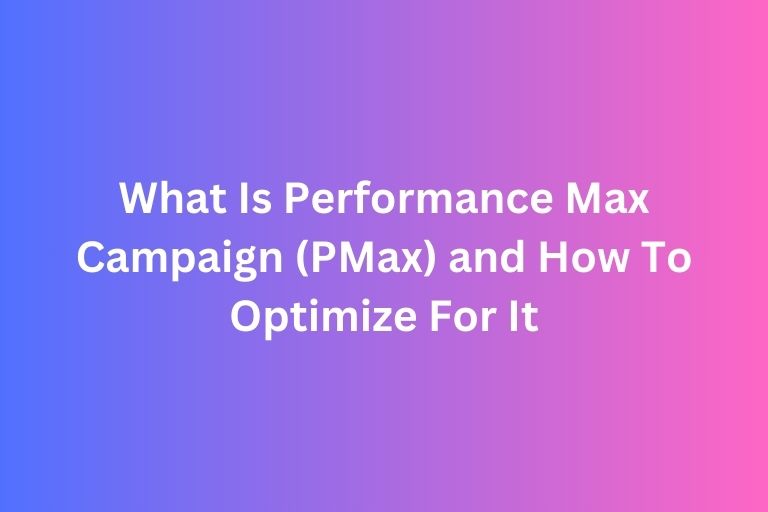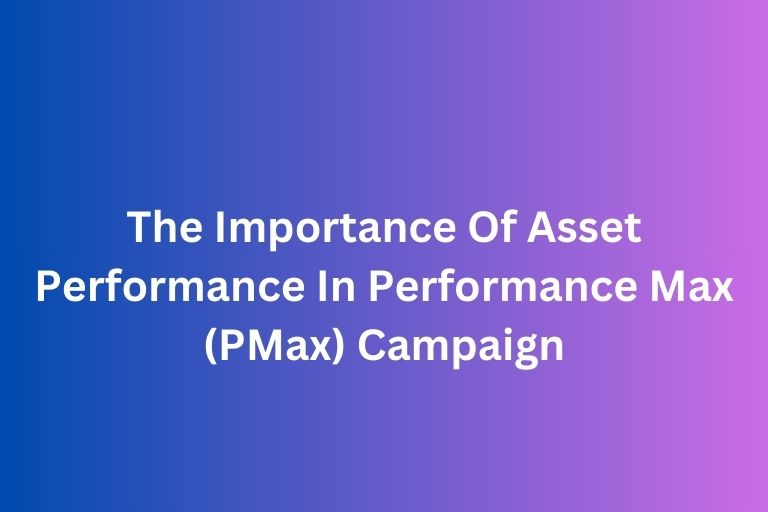Navigating the world of digital advertising can feel like walking through a maze—every turn offers a new opportunity, but only if you know where you're headed. In the next 8 minutes, we're going to unravel the complexities of two primary advertising channels: search and social media. Whether you're taking your first steps in digital marketing or looking to sharpen your strategies, this guide will empower you to make informed decisions about where to allocate your advertising budget. Let’s jump right in!
Search Advertising
Search advertising is like having a shop sign that appears right when someone is searching for the exact products or services you offer. It’s one of the most direct forms of digital advertising because it targets users based on their expressed intent.
● Definition: Search advertising involves placing ads on search engine results pages (SERPs) that are triggered by specific keywords typed in by users. These ads often appear at the top or bottom of the results, making them highly visible to searchers.
● Best Use Case: Search advertising is most effective when your goal is to capture high-intent traffic—people who are already looking for what you’re offering. This makes it ideal for driving conversions, such as online purchases or lead generation.
● Advantages: One of the key benefits of search ads is the ability to reach users at the moment of intent. This high relevancy can lead to a higher return on investment (ROI) compared to other forms of advertising.
● Challenges: However, the competition for popular keywords can be fierce, driving up costs. Plus, search ads are text-heavy and less visually engaging than other ad formats.
Social Media Advertising
While search ads are all about capturing intent, social media advertising focuses on creating demand. Think of it as starting a conversation with potential customers who may not even realize they need your product or service yet.
● Definition: Social media advertising involves placing ads on platforms like Facebook, Instagram, LinkedIn, and Twitter, where they are shown to users based on their interests, behaviors, and demographics. These ads can appear in various formats, including images, videos, carousels, and stories.
● Best Use Case: Social media advertising excels in building brand awareness and engaging users who may not be actively searching for your products but are likely to be interested based on their online behavior and social interactions. It’s perfect for creating a buzz around new products, running promotions, or driving traffic to content like blogs or videos.
● Advantages: The strength of social media advertising lies in its ability to target specific audiences with precision, using criteria such as age, location, interests, and more. Additionally, the visual and interactive nature of social media ads allows for creative storytelling that can capture attention and foster deeper connections with your audience.
● Challenges: However, social media advertising can be less effective at driving direct conversions compared to search ads, particularly if the audience isn’t already familiar with your brand. Additionally, the performance of social media ads can be harder to predict, as they rely heavily on the platform's algorithms to determine who sees your ads.
Choosing the Right Channel
So, how do you choose between search and social media advertising? The answer often depends on your business goals and target audience.
● For Direct Response: If your primary objective is to generate leads or drive sales from users who are already searching for solutions, search advertising is your go-to channel. It’s a straightforward, conversion-focused strategy that works well when you want immediate results.
● For Brand Building: If your goal is to increase brand awareness, build a community, or engage with potential customers over time, social media advertising offers a more holistic approach. It allows you to reach users at different stages of the buyer's journey, nurturing them from awareness to consideration and eventually to purchase.
● For a Balanced Strategy: In many cases, the most effective approach is a combination of both channels. By integrating search and social media advertising, you can capture high-intent users while also expanding your brand’s reach and engaging with a broader audience.
Conclusion
Understanding the nuances of search and social media advertising is crucial for crafting a successful digital marketing strategy. Both channels have unique strengths and can complement each other when used together. By choosing the right mix of advertising channels, you can ensure your brand reaches the right people at the right time, maximizing your marketing efforts.
Ready to take your advertising strategy to the next level? At FoxAdvert, we specialize in helping businesses like yours navigate the complex world of digital advertising. Contact us today for a free consultation or schedule an online meeting to discover how we can tailor a strategy that meets your specific needs and goals. Let’s work together to make your brand shine in the digital space!











